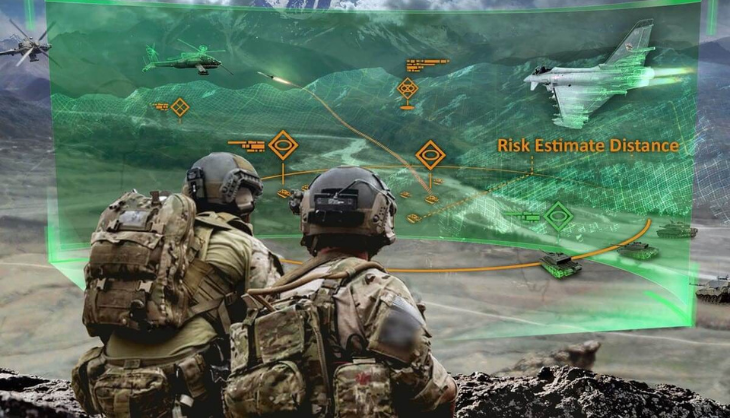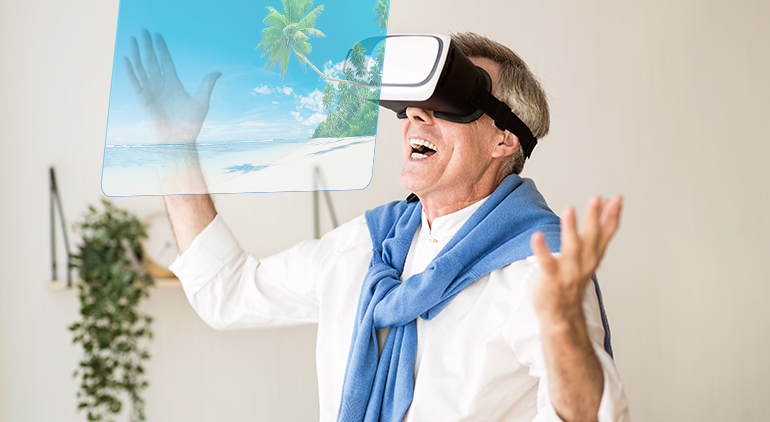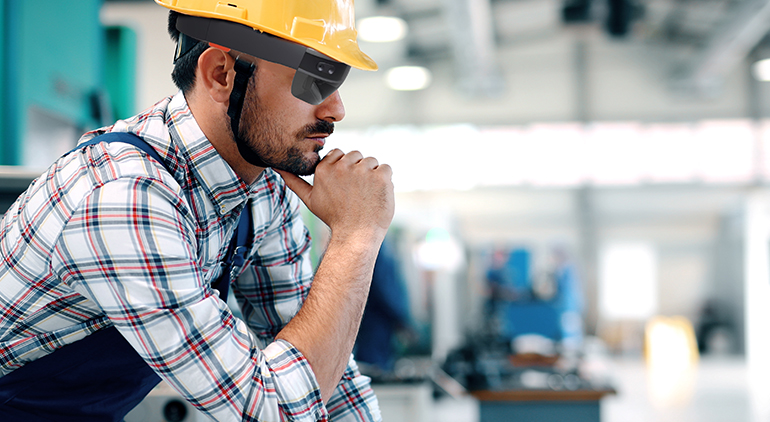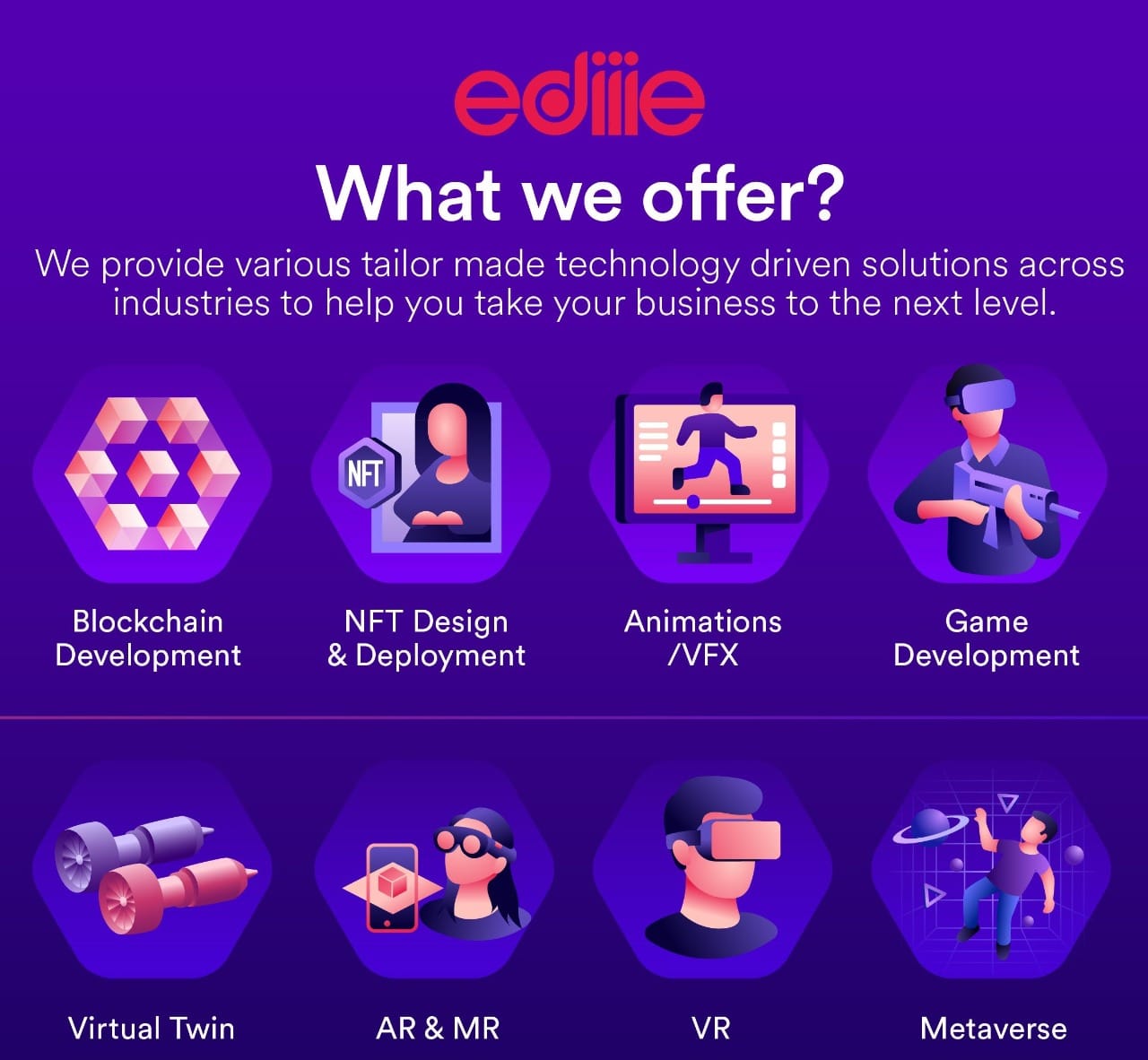Benefits of Augmented Reality in Business - A Detailed Guide
Augmented Reality is an interactive technology like virtual reality, that blends digital content with the actual content. It emphasizes the experience of users by offering unique ways to immerse and interact with the digital world using smartphones.
For example, one wants a shirt and wants to try a couple of them to find which suits him the best without actually wearing it.
Now imagine you can do it from the comfort of your own house, without having to visit any shop. Yes, this is possible through AR.
Pokemon Go is one fine example of AR, which turns the surrounding into an interactive realm, one can get immersed into. AR can provide an edge to one’s business, as it can completely change an user experience with a company’s product and services.
Technology does not go unnoticed and offers the company a way to stand different from the rest of the world.
It gives an organization much more chance to surprise its customers and create a necessary buzz, important for the company’s growth, as it can give its consumers something that their competitors don’t have yet.
Some of the benefits of augmented reality in business:
The advantages of augmented reality for business are profound, since this technology transforms how businesses run and interact with their clients.
Augmented reality improves product visualisation, training, marketing, and customer interactions by seamlessly fusing digital data and virtual components with the actual environment.
This talk will look at the several benefits of using augmented reality into company plans, from improved productivity to improved customer experiences.
1. Augmented reality prevents errors
Augmented reality companies in India can help prevent errors. The sensors fitted inside it can help one to recognize anything wrong with the system. It points out any unusual activity and warns the organization before it occurs, therefore, saving time and money.
2. AR used for training
VR and AR both stand out in the field of training. Though VR has an upper hand in this, like in simulator training for aircraft, military operations, etc. AR also has its uses in training in the retail and education sectors, it is to be explored though. 3. One can work faster
AR glasses that use cameras, motion sensors, depth, and height sensors can overlay images into the real world during work. For example, fighter jet engineers can learn to assemble an aircraft, engineers can see the rendering of bolts, cables, wires, and instructions as to how a component can be assembled.
With this, the accuracy of engineers goes up and they can speed up their work in no time.
Applications of augmented reality in business
The use of augmented reality in business is growing at a never-before-seen rate, spurring innovation across all sectors.
In addition to being used for gaming and entertainment, augmented reality is also a potent tool for increasing productivity, client engagement, and decision-making across a range of corporate sectors.
This investigation explores the various and significant ways that augmented reality is being used to improve business processes, from product creation and marketing to employee development and field service.
1. AR in retail business
AR discovers a new experience of retail technology and both online and offline shopping. While buying furniture, one can browse the virtual catalog of the retailer and then choose furniture by placing it at a different corner of the house, to ensure its look before making a purchase.
Virtual changing rooms can help users try a variety of shades with different colors, looks, and combinations without the hassle of repeatedly entering the changing rooms.
It gives to try and purchase options that ensure satisfaction among the customers, eventually leading to a decrease in purchase returns.
2. AR for Tourism and mapping
 AR has a lot in store for tourism. Tourism is a big industry associated with planning and traveling. One requires the help of a guide for any new place they visit. AR can work here as a guide. GPS mobile apps with AR can be very helpful in showing routes and directions to desirable tourist destinations.
AR has a lot in store for tourism. Tourism is a big industry associated with planning and traveling. One requires the help of a guide for any new place they visit. AR can work here as a guide. GPS mobile apps with AR can be very helpful in showing routes and directions to desirable tourist destinations.
It can translate the signals on the street and give information about sightseeing. Museums that require more in-depth information about the exhibits can be made feasible.
Related post: AR in the hospitality industry
People will not have to pay for a guide but by overlaying their phone over any statue or skeleton they can get complete information about how the creature looked like.
It also helps one to get acquainted with a new culture. China already uses it to create engaging shows and draw tourists. Street signs, road maps with AR and VR tourism can help navigate and explore cities and numerous unknown places.
Interesting read: Will virtual reality replace travel?
3. AR for the Automotive Industry
AR is steering the automotive industry towards a new era. At the design stage, companies are leveraging Augmented Reality for car prototypes.
Further, with AR overlays, drivers are enabled to access navigation and vital information, enhancing safety, convenience, and overall driving experience.
As leading giants continue to embrace AR/VR in the automotive industry, we can expect even more exciting developments that will transform our on-road experiences.
4. AR for Manufacturing business
 It helps to find out the flaws with the production mechanism. If any firm faces a production downtime due to a machine breakdown, it can cost a million to the organization.
It helps to find out the flaws with the production mechanism. If any firm faces a production downtime due to a machine breakdown, it can cost a million to the organization.
This can be solved using AR. One can easily find out the flaws in the machinery of the system and prevent downtime from occurring.
AR in manufacturing can also accelerate the building processes at the factory. Project managers can easily monitor the progress of their projects in real time using AR markers on their equipment.
Related post: Hololens in manufacturing
5. AR for beauty and personal care
People are very conscious about their looks. People before getting a haircut want to make sure about how they are going to look after one. Even before buying the smallest of the items for themselves, they want to try it.
People have a habit of trying as many combinations as possible before they get sure about it.
Nobody wants to compromise about how they look and feel. With the help of AR, they can try as many different shades as possible, which are not even in the showroom but can be customized after trying it virtually.
All this can be done without the hassle of a changing room. AR is very helpful, even in salons and beauty parlors, where the user can try hundreds of beauty products and choose from them.
Also read: Virtual and Augmented in Reality B2B
Women can try different shades of nail paint, makeup, and different hairstyles and choose what best suits them. They just have to choose the item and check it on them through the virtual mirror, which can superimpose anything to help people get the personalized look and effect.
Conclusion
We can say that one major reason for the success of AR is its ubiquity. The core advantage of business in AR is that it works on smartphones and tablets for which its hardware is easily available and its usage is intuitive and understandable.
In no time, people can easily try on clothes without, actually wearing them, find out an error with the system and get it repaired, get a detailed guide for a complex mechanism used, can travel without a personal guide, check if the furniture fits the interior, and lot more.
All this can be done just by the use of an Android augmented reality app. Still, there is a lot more to come which can include human sensors such as smelling, touching, and feeling. Therefore, AR has got a lot for everyone in every sphere.






